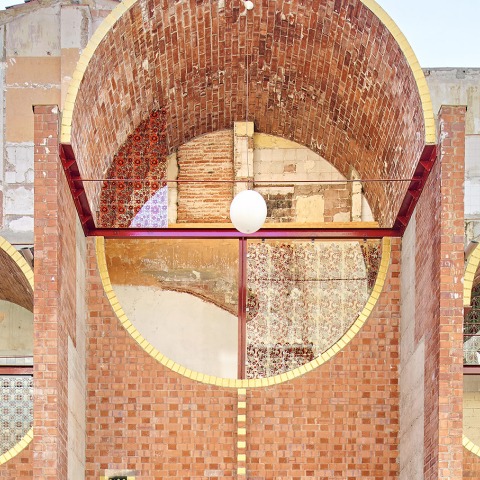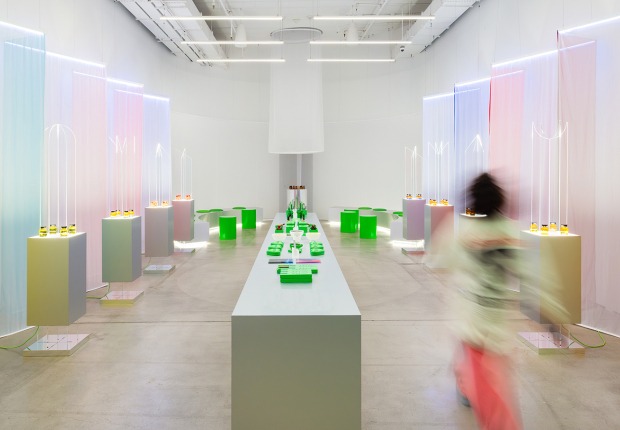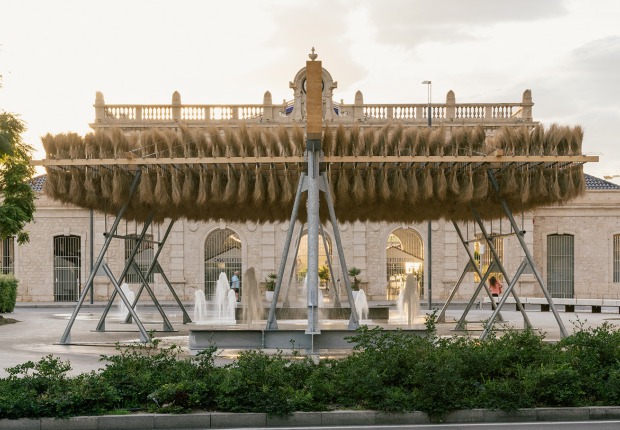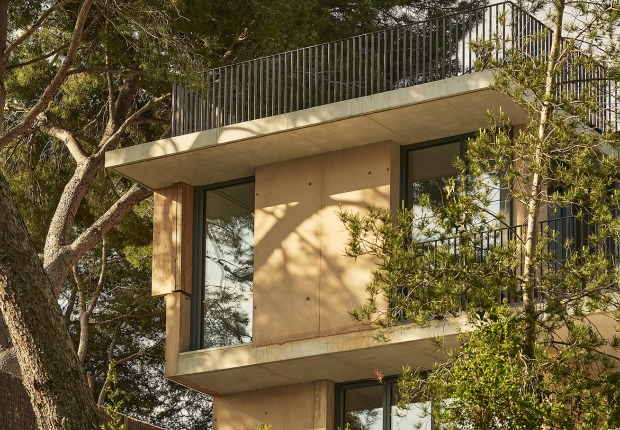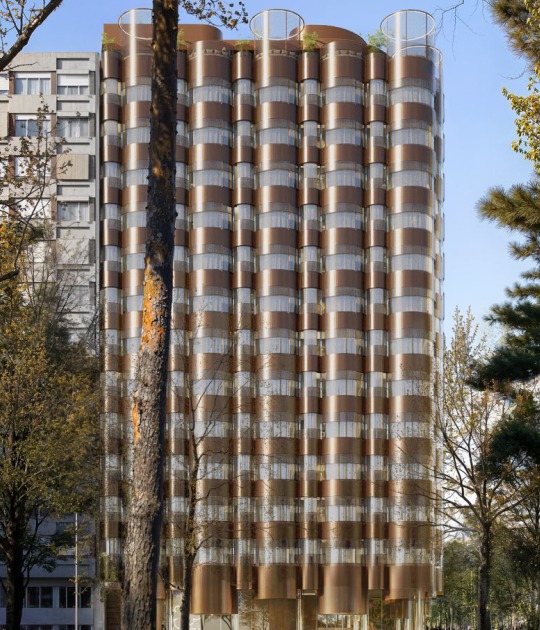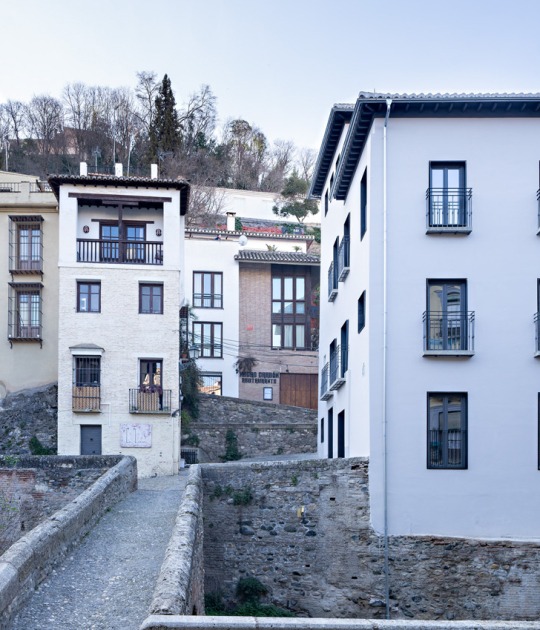Three vaults and four niches make up an unfinished structure, that can be inhabited. The Tura church now wins a place.
Project description by unparelld'arquitectes
Can Sau was located in the historic center of Olot, where demolitions are not unusual. Since half of the house was affected by street alignment, it was demolished, leaving an urban void chaired by a party wall and four staggered buttresses, facing the side of the patron church. For different reasons, same consequences: abandoned lots, loss of urbanity, disfigurement of the street, destruction of the ordinary landscape.
Upon request for a pavement project and an ongoing contract for a rain wall of sheet metal, the commission is reformulated. It is urgent to allocate resources vertically to endow the space with urbanity, apart from guaranteeing the sealing of the party wall. In the compact city, facades take responsibility for giving shape and character to the street.
With hollow brick, an emergency scenography is built that completes what the buttresses suggest, revealing in the background the traces of domestic activity marked on the party wall. A construction of three vaults and four niches is offered to the public space as a porous façade, accompanied by a minimum of stands. It is an unfinished and appropriable structure. The visual artist Quim Domene intervenes a posteriori in the niches, with elements allegorical to the history of the neighborhood.
The Tura church, confined between narrow streets, now gains a public space, where the walled door of the old temple from the 15th century presides.
